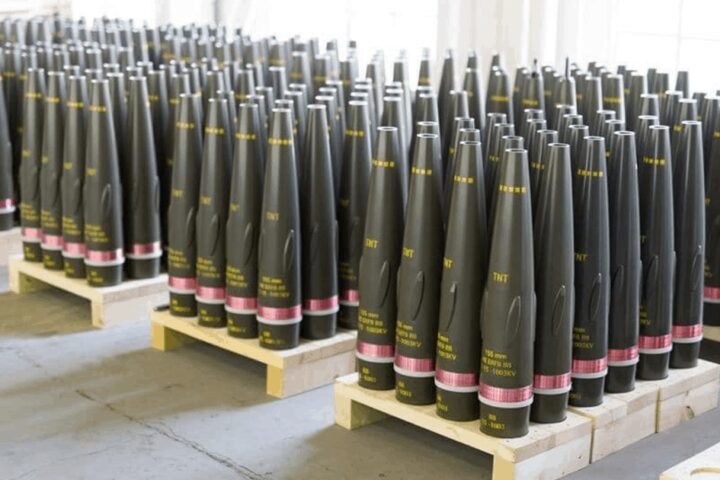Warsaw advances new defense hub amid growing threats from Russia in the Baltic
Poland is set to launch a national Maritime Security Center to safeguard critical offshore infrastructure in the Baltic Sea, following the approval of the initiative by the Parliamentary Committee on Maritime Economy and Inland Navigation on 24 July 2025. The project, put forward by the Ministry of Internal Affairs, aims to ensure the protection of strategic assets including seaports, offshore fuel and gas terminals, underwater power cables, pipelines, and wind farms. The new center will also oversee surveillance of Polish maritime zones and facilitate intelligence coordination.
The move comes as Poland faces escalating hybrid threats in the Baltic region — including sabotage, cyberattacks, and drone intrusions — which Warsaw explicitly attributes to Russia’s destabilizing tactics.
Security personnel shortages prompt urgent political response
Members of the Sejm committee voiced concern over the ongoing shortage of personnel in the Kashubian and Pomeranian divisions of Poland’s Border Guard — both critical units responsible for the coastal frontier. Lawmakers warned that the staffing deficit in these regions is particularly alarming given the scale of strategic energy infrastructure investments underway along the Polish coast. Parliamentarians urged the interior minister to immediately address the manpower gap to avoid operational vulnerabilities.
The Ministry of Internal Affairs confirmed that the future Maritime Security Center will be supported by a range of new defensive tools, including systems for detecting and neutralizing unmanned vessels. Armed security units will also be deployed to operate on behalf of critical infrastructure operators, with the legal mandate to act from the shoreline to secure perimeter zones. In parallel, efforts are underway to build a next-generation integrated radar system within the Border Guard, making extensive use of new technologies for real-time monitoring.
Rising Baltic threats push Poland to fortify maritime defenses
Warsaw sees Russia as the principal threat to its maritime security. In recent years, the Baltic Sea has witnessed a surge in asymmetric risks — from underwater sabotage to the emergence of unidentified drones near vital infrastructure. These threats intensified after Sweden and Finland joined NATO, turning the Baltic into a de facto internal sea of the alliance. Nonetheless, the presence of the Russian Navy and increasing electronic warfare activities, including GPS jamming, continue to jeopardize regional security.
In 2024, Moscow attempted to redraw maritime boundaries to extend its territorial waters at the expense of Lithuania and Finland, prompting diplomatic backlash and a stronger NATO posture. Meanwhile, Russia’s so-called “shadow fleet” — aging oil tankers operated under obscure ownership — poses ecological and security risks as it operates in defiance of sanctions.
There is growing concern over Baltic drone activity, likely linked to Russia, which could target infrastructure such as wind farms. The recent rise in disruptive electronic interference has also raised alarms over civil aviation and shipping safety in the area.
Regional militarization accelerates as NATO boosts its presence
Poland’s response is part of a broader regional effort to harden defenses against Russian aggression. Alongside Estonia, Latvia, and Lithuania, Warsaw is preparing to allocate up to 6% of GDP to defense — one of the highest rates in Europe. Latvia recently passed legal amendments barring Russian and Belarusian nationals from working in critical infrastructure sectors, while Estonia has ordered the development of robotic patrol boats for its border waters.
NATO, in turn, has stepped up air surveillance over the Baltic and launched Baltic Sentry, a mission dedicated to securing underwater infrastructure — a clear acknowledgment of the region’s rising strategic importance and vulnerability.










